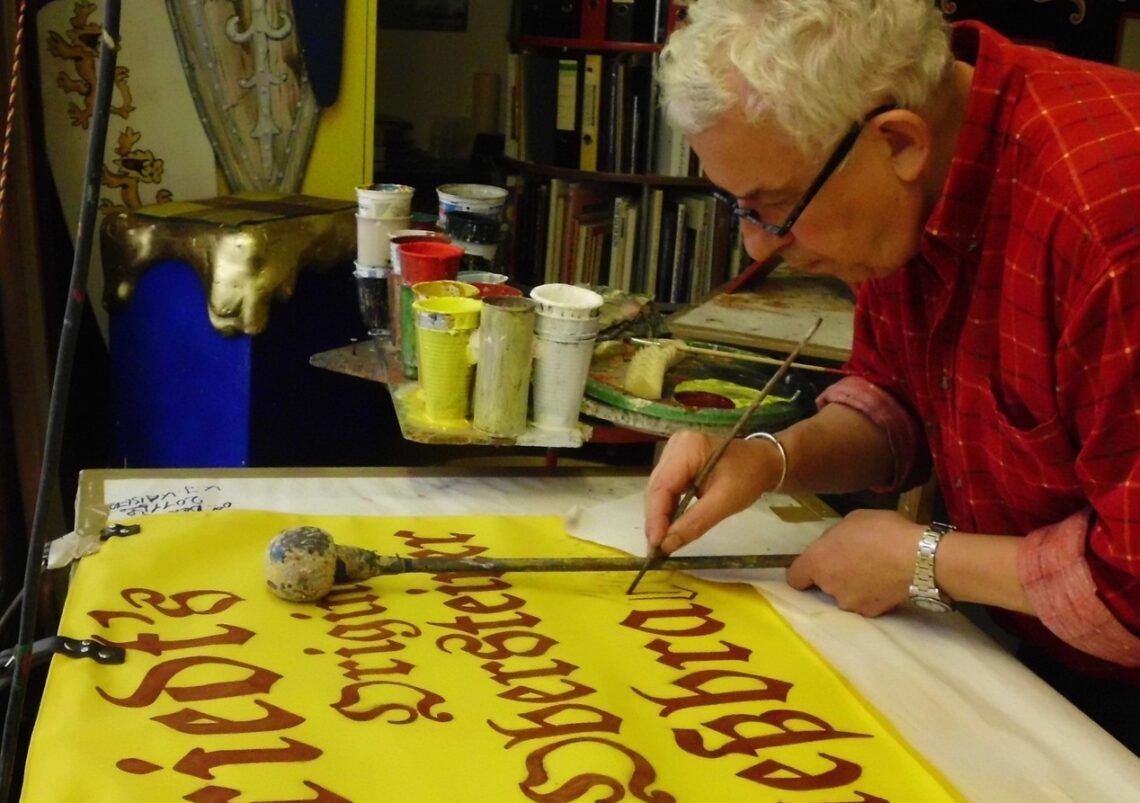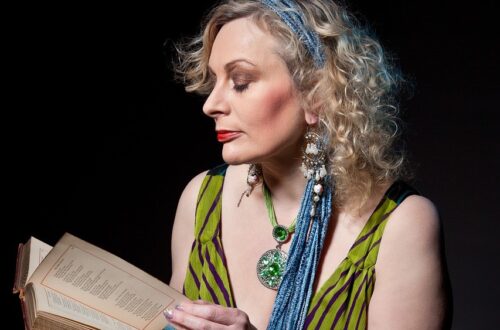
Choosing the Right Fonts for Your Design Projects
Typography is a fundamental element of design that can significantly influence the perception and effectiveness of your projects. Selecting the right fonts goes beyond aesthetics; it involves understanding the mood, message, and readability of your content. This article will guide you through the process of choosing the perfect fonts for your design projects, ensuring your work is both visually appealing and impactful.
Understanding Font Types
Before diving into font selection, it’s essential to understand the main categories of fonts and their typical uses:
1. Serif Fonts: These fonts have small lines or strokes attached to the ends of their letters. They are often seen as traditional and reliable, making them ideal for print media, such as newspapers and books. Examples include Times New Roman and Georgia.
2. Sans-Serif Fonts: Sans-serif fonts lack the small lines at the ends of letters, giving them a clean and modern look. They are highly legible on screens, making them popular for web design and digital media. Examples include Arial and Helvetica.
3. Script Fonts: Script fonts mimic cursive handwriting and convey elegance and creativity. They are perfect for invitations, logos, and other decorative uses but should be used sparingly in body text due to readability concerns. Examples include Brush Script and Pacifico.
4. Display Fonts: These fonts are designed to grab attention and are often used for headlines and titles. They come in various styles, including bold, decorative, and eccentric. Examples include Impact and Comic Sans.
5. Monospace Fonts: Each character in a monospace font occupies the same amount of horizontal space. They are commonly used in coding and tabular data. Examples include Courier and Consolas.
Key Considerations for Font Selection
1. Purpose and Context
The purpose and context of your design project should guide your font choice. For instance, a corporate report requires a more formal and legible font like a serif or sans-serif, while a wedding invitation might benefit from an elegant script font. Consider the audience and the message you want to convey through your design.
2. Readability
Readability is crucial, especially for body text. Choose fonts that are easy to read at various sizes and on different devices. Sans-serif fonts are generally more readable on screens, while serif fonts work well in printed materials. Ensure there is enough contrast between the text and background to avoid straining the reader’s eyes.
3. Hierarchy and Contrast
Using different fonts for headings, subheadings, and body text helps establish a visual hierarchy and guides the reader through your content. Combining a bold display font for headings with a clean sans-serif for body text can create a striking contrast and improve the overall readability and aesthetics of your design.
4. Compatibility
Ensure that the fonts you choose complement each other. A good rule of thumb is to pair a serif font with a sans-serif font to create a balanced and harmonious look. Avoid using more than two or three different fonts in a single project, as it can lead to a cluttered and unprofessional appearance.
5. Brand Identity
Fonts play a significant role in establishing and reinforcing brand identity. Consistency in font usage across all brand materials helps create a cohesive and recognizable brand image. Choose fonts that align with the personality and values of your brand, and stick with them in all your design projects.
Tips for Effective Font Pairing
1. Stick to the Classics
Classic font pairings, such as Helvetica and Garamond or Arial and Times New Roman, are popular for a reason. They are versatile, timeless, and work well together. Starting with tried-and-tested pairings can give your design a professional and polished look.
2. Use Font Superfamilies
Font superfamilies offer multiple variations of a single typeface, including different weights and styles (e.g., light, regular, bold, italic). Using fonts from the same superfamily ensures compatibility and visual harmony in your design.
3. Experiment with Size and Weight
Creating contrast through varying font sizes and weights can add depth and interest to your design. Use larger, bolder fonts for headings and smaller, lighter fonts for body text. This technique helps establish a clear visual hierarchy and improves readability.
4. Consider the Mood
Fonts evoke emotions and set the tone for your design. Choose fonts that reflect the mood you want to convey. For instance, a playful and fun design might benefit from a whimsical script font, while a serious and professional project might require a more traditional serif or sans-serif font.
5. Test and Iterate
Don’t be afraid to experiment with different font combinations and solicit feedback from others. Testing your design with your target audience can provide valuable insights and help you refine your font choices to achieve the desired effect.
Conclusion
Choosing the right fonts for your design projects is both an art and a science. By understanding the different types of fonts and considering factors such as readability, hierarchy, compatibility, and brand identity, you can select fonts that enhance the visual appeal and effectiveness of your design. Remember to experiment, test, and iterate to find the perfect font combination that brings your creative vision to life.





